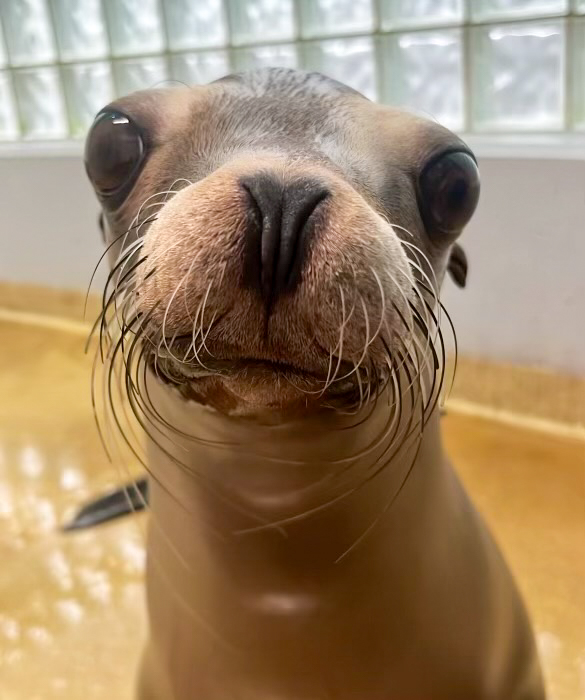- Sea lion whiskers, or vibrissae, are essential sensory tools providing touch and vibration sensitivity.
- Whiskers aid in foraging by detecting movement and identifying prey underwater, showcasing their adaptive evolution.
- Anatomical details highlight the complexity and specialization of vibrissae in environmental interaction.
- The role of whiskers in social behaviors and communication within sea lion populations emphasizes their broader importance.
- Conservation efforts underscore the need to protect these vital sensory tools amidst changing marine environments.
Sea lion whiskers, known as vibrissae, play a crucial role in their survival and daily life. These long, stiff hairs are not merely decorative; they are organ-like structures with exceptional sensitivity to touch and vibrations. Positioned strategically on the snout and around the mouth, vibrissae are always active, aiding sea lions in gathering vital information about their surroundings. This sensory toolkit is indispensable for their marine lifestyle.
In marine environments, visibility can be limited and fluctuates with water conditions. Sea lions rely heavily on their vibrissae to detect the subtle movements of prey and navigate their aquatic habitats efficiently. The whiskers can sense minute vibrations in the water, offering sea lions a distinct advantage in locating and identifying prey, such as fish and squid. This skill is particularly beneficial for foraging in low-light conditions or murky waters where vision is impaired.
The anatomy of vibrissae is intricately designed for functionality. Each whisker is embedded with nerve endings that transmit information to the brain, much like fingertips do in humans. This sensory input allows sea lions to create a mental map of their immediate environment, detecting objects and movements with precision. The follicles of vibrissae contain blood-filled chambers that aid in detecting vibrations, amplifying the sensitivity of these remarkable organs.
Moreover, vibrissae are essential in social interactions among sea lions. These animals often engage in tactile communication, with whiskers playing a part in identifying and bonding with others. Whether interacting with a mate or a pup, sea lions use their vibrissae to convey and interpret subtle cues, ensuring cohesive social structures within their colonies.
Conservation efforts are paramount to protect marine life, including the habitats that nurture sea lions and their sensory adaptations. As human activities continue to impact marine ecosystems, safeguarding the environments where sea lions thrive becomes ever more critical. Protecting the viability of their whiskers, which could be affected by pollution or habitat destruction, is crucial for their continued survival and ecological success.
Sea lion whiskers exemplify the extraordinary adaptations of marine mammals, serving multiple purposes from foraging to communication. Understanding the function of vibrissae offers valuable insights into the lives of sea lions and emphasizes the importance of preserving their natural habitats. Through conservation and research, we can ensure these incredible creatures continue to thrive in their oceanic homes.
*****
Source Description
Sea lion whiskers, or vibrissae, are vital sensory tools. These long, stiff hairs are extremely sensitive to touch and vibrations. Positioned on the snout and around the mouth, the whiskers are in constant motion, helping sea lions gather information about their immediate surroundings.
Thanks to Clara for being the perfect California sea lion model!


